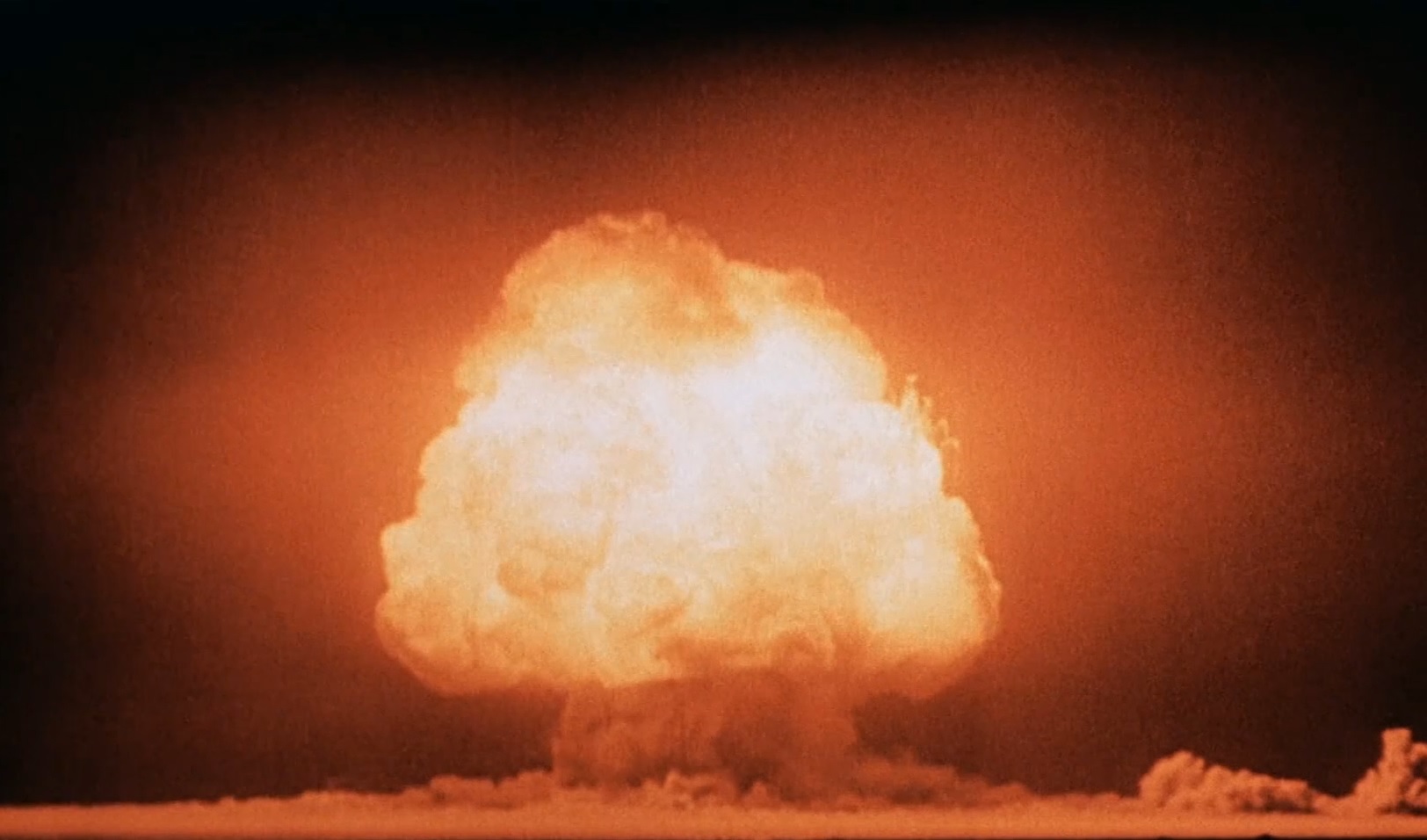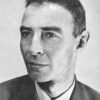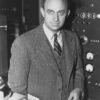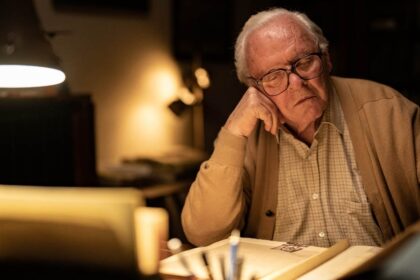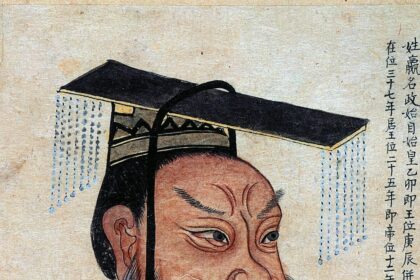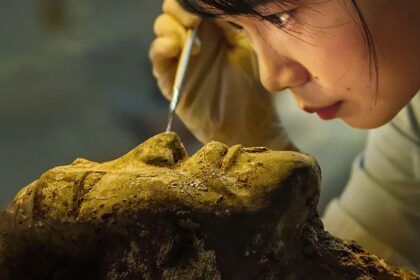The Manhattan Project was a military-led research and development project that aimed to harness nuclear energy for use in warfare during the Second World War.
This project was driven by the fear of a nuclear arms race between the United States and Nazi Germany. It was implemented with great secrecy to prevent anyone from getting wind of their activities.
When completed, the Manhattan Project was responsible for producing two different types of atomic bombs: ‘Little Boy’ and ‘Fat Man’. These bombs were used in a devastating manner against Japan, leading to an end to World War II and ushering in an era of nuclear fear and proliferation.
In this article, we will take an in-depth look at the Manhattan Project: its inception, its history, its successes and failures, as well as its lasting legacy. We will also analyze key aspects of this project such as the ethical implications of using such powerful weapons against an enemy nation.
What Is the Manhattan Project?
Have you ever heard of the Manhattan Project? It was a top-secret US government-led research project that spanned from 1942 to 1945. Its aim was to develop the world’s first atomic bombs – and it succeeded.
The Manhattan Project was headed by General Leslie Groves and J. Robert Oppenheimer and funded by the US government. It involved teams of scientists and engineers conducting research at multiple locations across the United States, including Los Alamos, New Mexico.
It had two main objectives: 1) to develop an atomic bomb before Nazi Germany developed one, and 2) to investigate nuclear power for producing energy and weaponry after World War II ended. Over $2 billion was allocated for this project, making it the largest scientific enterprise ever undertaken in the United States.
It was an enormous undertaking that resulted in a revolutionary development – literally changing the course of history forever.
Impact of the Manhattan Project on World War II
The Manhattan Project had an immense impact on WWII, as it provided the US with a competitive edge against its adversaries. The US was the first to develop a nuclear weapon, which allowed for quick and decisive victories, virtually ending the war within days of dropping “Little Boy” and “Fat Man”. As a result of this superior technology, many lives were saved and the Allied nations were victorious.
It’s estimated that had the atomic bombs not been dropped on Hiroshima and Nagasaki, millions of lives would have been lost in a potentially even longer war. While this decision remains controversial to this day, it’s difficult to ignore the potential consequences if other methods had been used to end the conflict.
The Manhattan Project provided an unprecedented level of technological advancement during World War II. It allowed for greater military capabilities, quicker resolutions to conflicts, and ushered in a new era of warfare. It had significant implications for post-war diplomacy as well as for advances in modern science. Overall, it was an important milestone in human history that changed the course of World War II forever.
Key Players in the Manhattan Project
The Manhattan Project was a top-secret initiative to build an atomic bomb, and its success depended on the contributions of a number of key players from the United States, the United Kingdom and Canada.
Robert Oppenheimer
Often referred to as the ‘father’ of the atomic bomb due to his leadership in coordinating the efforts of scientists involved in creating it. More
Enrico Fermi
An Italian-American physicist and Nobel laureate, Fermi was an essential member of the team responsible for developing key elements of nuclear fission. His insight into uranium-235’s chain reaction helped lead to the creation of the first atomic bomb. More
Leslie Groves
This American general led a team that was responsible for constructing production facilities in Los Alamos and Oak Ridge, Tennessee. He was also responsible for ensuring that both research and construction were kept secret from potential adversaries.
By bringing together these three brilliant minds—along with many others—irreplaceable progress was made in developing nuclear weapons during this pivotal period in history. More
Technology Used in Developing the Atomic Bomb
The technology used in developing the atomic bomb was some of the most advanced of its time. From uranium enrichment and plutonium production, to the design of the high explosives needed to detonate the bomb, scientists had to develop many innovative techniques and technologies.
Uranium Enrichment
The first step in creating an atomic bomb was uranium enrichment. This process involved increasing the concentration of the fissionable isotopes in uranium in order to produce weapons-grade material. Scientists developed two technologies for uranium enrichment: gaseous diffusion and electromagnetic separation.
Plutonium Production
To produce plutonium, scientists had to create a nuclear reactor that could sustain a controlled nuclear chain reaction. Nuclear reactions created enough heat to turn water into steam, which would be used to power turbines and generators that produced power. By successfully creating a self-sustaining nuclear reaction, scientists were able to create large amounts of plutonium for use in their atomic bombs.
High Explosives Design
In order for an atomic bomb to be able to detonate itself, it had to be surrounded by high explosives that could generate enough pressure and force for it to go off properly. Scientists had to develop special explosive lenses that could focus and direct the blast from conventional explosives, allowing it to effectively initiate a chain reaction within the atomic bomb’s core.
Scientific and Ethical Dilemmas in the Development of the Atomic Bomb
The Manhattan Project posed numerous scientific and ethical dilemmas for the scientists responsible for creating the atomic bomb. Not only did they need to develop an undeniably powerful weapon, but they also had to ensure its safety and consider whether or not it should be used at all.
Scientific Challenges
The scientists involved in the Manhattan Project faced the difficult task of separating Uranium-235 from naturally-occurring Uranium-238. This process was tedious and dangerous, as it required humungous amounts of electrical energy to separate even small amounts of U-235. The team also had to figure out how to create a nuclear reactor that could sustain a chain reaction long enough to produce useful amounts of U-235.
Ethical Challenges
The ethical dilemma facing the scientists was deciding when and if the atomic bomb should be used. Once the team had produced a working weapon, with potentially devastating consequences, J. Robert Oppenheimer went on record saying that he felt a “deep sense of foreboding” about its usage. In the end, President Truman decided to deploy two atomic bombs against Japan – an action which remains controversial to this day.
Legacy of the Manhattan Project
The Manhattan Project is a crucial milestone in the history of modern science and technology. Not only did it mark the first time that nuclear weapons had been used, it also gave rise to new technologies and research methods, ultimately leading to advancements in multiple disciplines such as physics, engineering, and chemistry.
The legacy of the Manhattan Project can be seen in many areas. It ushered in a new era of weapons development and power projection, and helped cement the United States’ position as a global superpower. On a more practical level, it also created advances in physical sciences such as nuclear technology, which allowed for the creation of medical imaging systems like X-ray technology, which has helped save countless lives.
It also opened up opportunities for scientists to collaborate on projects with implications for national security and world peace. The formation of the United Nations was influenced by the success of the Manhattan Project and its commitment to international cooperation among states with nuclear capabilities.
The legacy of the Manhattan project is far reaching, continuing to have implications for our world today. Its legacy will remain etched into history forever more.
Although the Manhattan Project ultimately proved successful in developing the atomic bomb, the human costs of this effort remain great. The exploitation of both the physical and psychological health of its scientists, laborers, and military personnel are still being felt today. Despite the ethical compromises made in pursuit of the project, the technology developed through Manhattan Project has unparalleled implications for the world, and its legacy still reverberates in the present day.
The Manhattan Project was a monumental undertaking that changed the relationship between science, the military, and politics. Its success and the development of the atomic bomb resulted in a new way of viewing technology and warfare, and the world has never been the same.
